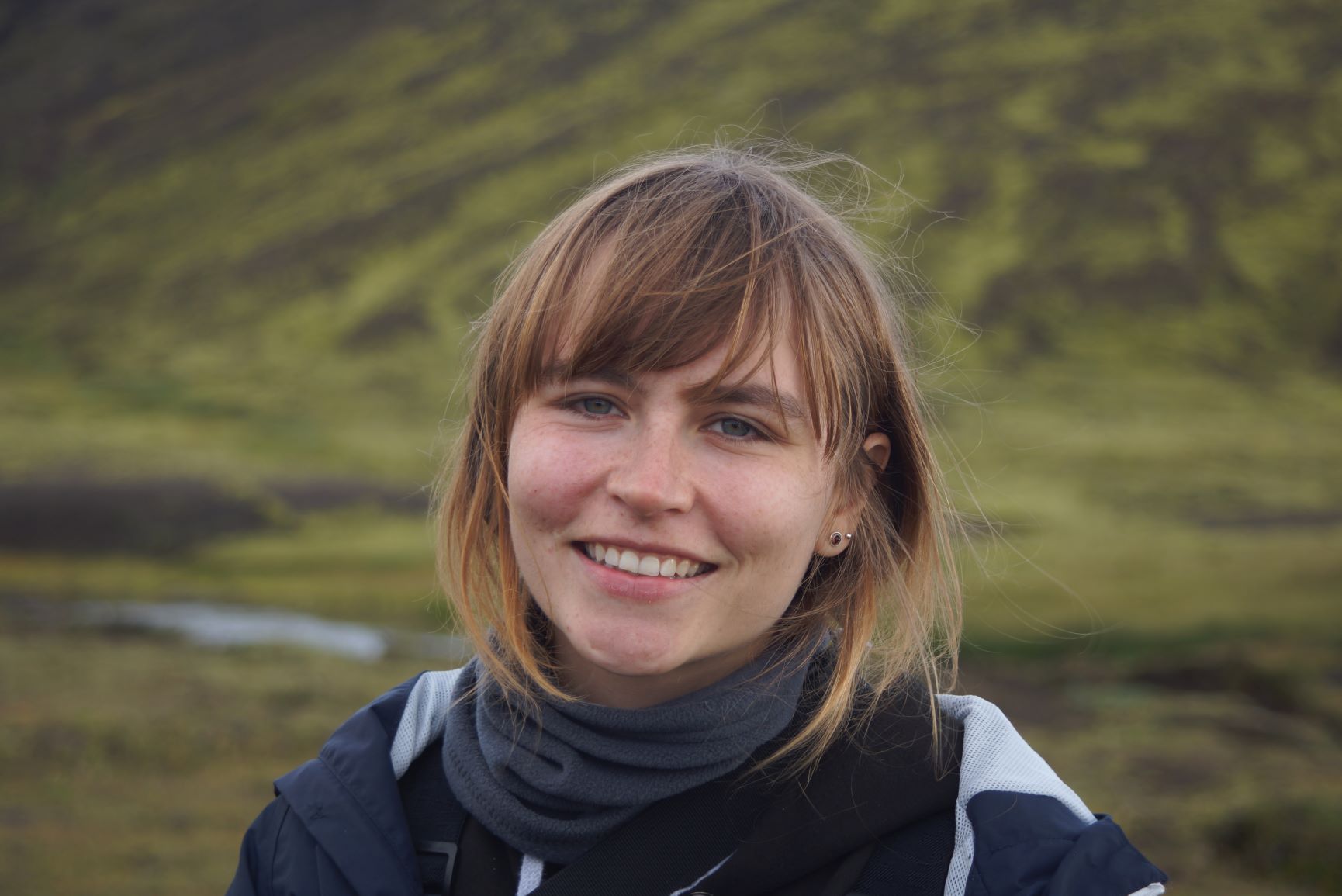Dr Amandine Gamble
- Affiliate Researcher (School of Biodiversity, One Health & Veterinary Medicine)
email:
Amandine.Gamble@glasgow.ac.uk
Graham Kerr Building, Office 314, Glasgow
Biography
I am an infectious disease ecologist studying pathogen dynamics in multi-host systems. Find more about my work on my website, and my updated publication list on Google Scholar.
As a Research Fellow at University of Glasgow, I lead two main projects:
- Contribution of introduced species to multi-host epidemiological dynamics
Many infectious diseases of humans and animals are caused by pathogens that can infect multiple species (multi-host pathogens). Through their impact on ecosystems, human activities can modify the dynamics of these pathogens, increasing the risks of disease emergence and spread in human and animal populations. Elucidating the processes driving pathogen dynamics across species is key to mitigating these risks. Through this project, I propose to determine the role introduced species play in pathogen dynamics. I will study the dynamics of three pathogens with potential conservation implications in native seabirds and marine mammals of subantarctic islands, as well as (accidentally) introduced rodents. I will draw upon a decade of pre-existing samples and data from eight islands to track pathogen dynamics in the presence of introduced species. From four of these islands, introduced species are currently being removed as part of ecosystem restoration programs, providing a unique experimental opportunity to track changes in pathogen dynamics after this intervention, notably whether outbreak size and frequency decrease. I will develop mathematical models to quantify the contribution of each species to pathogen dynamics within these systems and to assess the efficiency of different interventions (control or vaccination of different species) to mitigate pathogen outbreaks. This project will have important implications for our understanding of pathogen emergence and spread, and the role we play as humans by facilitating species’ introductions and extinctions. This knowledge will provide a solid basis to guide decision-making on disease control and introduced species management.
This project is funded through a Newton International Fellowship (Royal Society).
- Pathogens as a threat to seabirds in the Falkland Islands
Infectious diseases are increasingly acknowledged as a threat to biodiversity conservation. In the Falklands Islands, recurrent seabird die-offs have been reported, but their cause(s) remain elusive. This project aims to investigate the presence of seabird pathogens on the archipelago, characterize their dynamics across species, space and time, as well as their impact on the local seabird populations. Based on this novel knowledge and capacity building, this project will improve surveillance and response protocols against infectious diseases in the Falkland Islands.
This project is funded through the Darwin Plus Initiative (Biodiversity Challenge Funds). Learn more on the project website, and follow us on Twitter @FIWildHealth or Facebook @FalklandsWildlifeHealth.
Research interests
Infectious disease ecology, wildlife ecology, field ecology, mathematical modelling, multi-host pathogens
Grants
Grants and Awards listed are those received whilst working with the University of Glasgow.
- Ecology of pox viruses in a Subantarctic seabird community.
Antartic Science Limited
2023 - 2024



